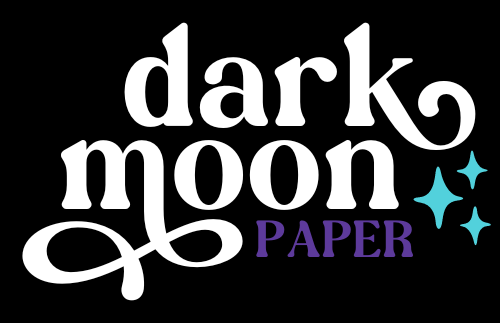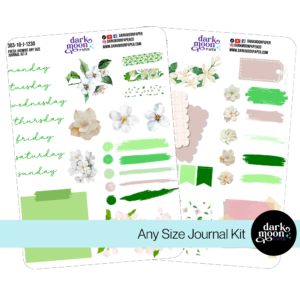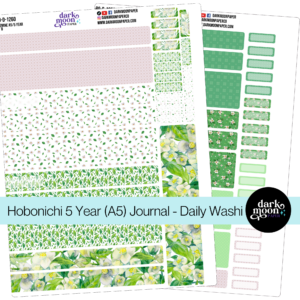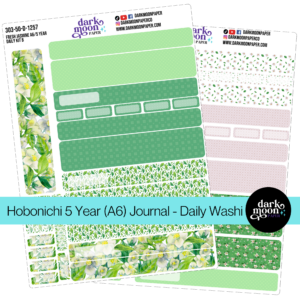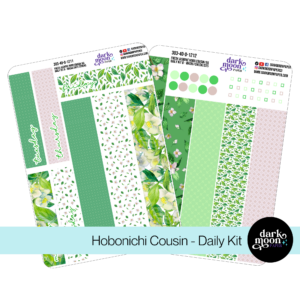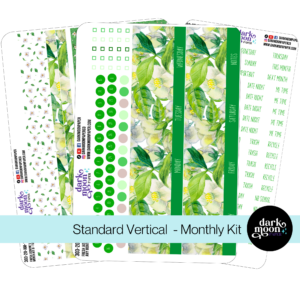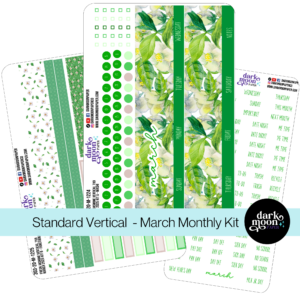Struggling to stay organized and motivated every month? This guide offers 30 bullet journal ideas to help you plan, track progress, and express creativity throughout the year. From seasonal themes and functional layouts to personal growth trackers and artistic designs, these ideas combine productivity with self-expression. Here’s a quick breakdown:
- Seasonal Themes: Match designs to seasons or holidays, use mood trackers, or incorporate zodiac patterns.
- Functional Spreads: Calendars, habit trackers, budget planners, and progress dashboards.
- Personal Growth: Self-reflection tools like life assessments, gratitude trackers, and skill-building layouts.
- Creative Expression: Artistic spreads with watercolor, mixed media, and Zentangles.
Whether you’re a beginner or a seasoned bullet journalist, these tips can help you create layouts that fit your lifestyle and goals. Start small, experiment, and let your journal grow with you!
1. Seasonal Themes
-
Nature-Inspired Colors: Match your color palette to the seasons. Think soft greens and pinks for spring, ocean blues for summer, golden tones for fall, and deep greens for winter.
-
Holiday-Themed Icons: Add small, festive touches to your designs. Hearts for Valentine’s Day, fireworks for Independence Day, or snowflakes for the winter season can bring a fun, celebratory feel.
-
Seasonal Borders: Decorate your pages with borders that reflect the time of year. Spring buds, summer flowers, autumn leaves, or winter branches can add a seasonal touch to your layouts.
-
Weather-Based Mood Trackers: Use weather symbols to track your mood. Sunshine for happy days, rain clouds for reflective moments, and storms for tougher times. This visual approach makes tracking both easy and engaging.
-
Cultural Celebrations: Dedicate spreads to global cultural events. Incorporate traditional designs, symbols, and colors, like red and gold for Lunar New Year or vibrant patterns for Diwali. These elements can add meaning and variety to your pages.
-
Zodiac Themes: Align your designs with the zodiac calendar. Include constellation patterns, celestial drawings, and seasonal star themes that shift with each zodiac sign.
-
Simple Seasonal Accents: Keep it clean and elegant with minimal designs. A maple leaf for fall or a sunburst for summer can add a subtle seasonal flair.
-
Seasonal Landscape Covers: Frame your monthly pages with scenes inspired by nature. Use local elements like cherry blossoms in spring or colorful autumn leaves to create a connection to your surroundings. These visuals can seamlessly transition into your tracking layouts.
2. Functional Spreads
Functional spreads are all about making your journal a tool for better organization and productivity. These layouts not only look great but also help you stay on top of your tasks and goals.
-
Grid-Based Calendars and Timelines: Create a calendar spread with clear sections for appointments, deadlines, and events. Add hourly timelines to manage your day more effectively.
-
SMART Goals Template: Track your Specific, Measurable, Achievable, Relevant, and Time-bound goals with a template that includes progress bars.
-
Budget Tracker: Use a budget tracker with color-coded sections for different spending categories and a checklist for bills to ensure nothing gets missed.
-
Habit Growth Garden: Turn your habit tracking into a visual experience by representing habits as plants that grow with your daily progress.
-
Meal Planning Matrix: Plan your weekly meals with a grid for breakfast, lunch, dinner, and snacks. Add a detachable grocery list for easy shopping.
-
Mind Maps: Break down ideas visually with color-coded branches, making it easier to organize main topics and subtopics.
-
Progress Dashboard: Combine mini trackers for habits, moods, and goals into one easy-to-view layout.
3. Personal Growth
Functional spreads help you stay organized, but personal growth layouts take it a step further by encouraging self-reflection and deeper awareness.
-
Monthly Wheel of Life Assessment: Draw a circle divided into sections for key life areas like career, health, and relationships. Rate each area on a scale of 1-10, then connect the dots to see how balanced your life feels.
-
Growth Mindset Challenge Grid: Use a grid to track daily challenges that push you out of your comfort zone. Each completed challenge adds to a visual mosaic of progress.
-
Skills Development Garden: Sketch a garden where each plant symbolizes a skill you’re working on. Add leaves or flowers to track the hours you’ve spent learning and improving.
-
Mood & Gratitude Mandala: Combine emotion tracking with daily gratitude prompts in a circular design. Patterns will emerge, offering insights into your emotional trends over the month.
-
Values Alignment Grid: Use color-coded checkboxes to log daily actions that align with your core values.
-
Monthly Mindfulness Minutes: Create a progress bar to record your daily mindfulness practice, with space to jot down key takeaways or reflections.
-
Achievement Portfolio: Dedicate a spread to document your wins, lessons, and milestones. Add a "celebration corner" for big achievements and a "learning log" for takeaways. Link this to Section 2’s Progress Dashboard by comparing habits tracked with monthly accomplishments.
These layouts work well alongside the creative expression techniques in Section 4, helping you connect reflection with creativity.
sbb-itb-57598ef
4. Creative Expression
Tap into your artistic side with these bullet journal ideas that blend practicality with a touch of creativity. These layouts not only complement Section 3’s personal growth trackers but also add a visual and artistic element to your journaling.
-
Watercolor Mood Landscapes: Use watercolors to paint daily moods as evolving landscapes. Think sunny meadows for happy days or stormy seas for tougher ones – your emotions brought to life through art.
-
Mixed Media Memory Mosaic: Combine washi tape, magazine clippings, and hand-drawn sketches to create a daily highlight collage. By the end of the month, you’ll have a textured, colorful record of your experiences.
-
Seasonal Color Story: Match your monthly spreads with seasonal color schemes. Use soft pastels for spring, bold sunset shades for summer, earthy tones for fall, and icy silvers and blues for winter.
-
Goal Constellation Map: Turn your goals into a star map. Each goal becomes a star, and as you hit milestones, "light them up" with metallic markers. This celestial layout can tie back to Section 3’s Achievement Portfolio, giving you a creative way to track your progress.
-
Zentangle Progress Tracker: Divide a page into 30 or 31 sections and fill each with intricate Zentangle patterns as you complete tasks or achieve small goals. This method doubles as a calming, meditative activity.
-
Nature Collection Chronicles: Draw seasonal plants, weather patterns, or even add pressed leaves to your pages. This approach ties back to Section 1’s seasonal themes, letting you document the environment through art.
These layouts not only help you stay organized but also give you an outlet for self-expression, making your bullet journal both functional and visually inspiring.
Conclusion
Your bullet journal is meant to work for you, not against you. Dedicate just 10-15 minutes a day to get started, and tweak your layouts as needed. Whether you’re drawn to simple task lists (Section 2) or more artistic spreads (Section 4), let your schedule guide your approach.
During hectic times, keep things straightforward by focusing on the essentials. When you have more time, dive into creative spreads or personal growth trackers (Section 3) that inspire you. The key is to let your journal reflect your current needs and priorities.
If seasonal themes (Section 1) or creative designs (Section 4) appeal to you, try them out at your own pace. There’s no need to implement every idea from this guide all at once. Pick what aligns with your lifestyle and goals, and make it your own.
Bullet journaling is a process of exploration. It might take some time to find your ideal system, but each page you fill brings you closer to a life that’s more organized, inspired, and intentional.
FAQs
What should be in a monthly bullet journal?
A monthly bullet journal typically includes a few essential components: a monthly calendar for scheduling, a goals section, habit and mood trackers, and a task list. These elements help you stay organized while adding a personal touch.
- Monthly Calendar: Use this to get an overview of events, appointments, and deadlines.
- Goals Section: Set clear and actionable goals for the month.
- Habit and Mood Trackers: Track daily routines and emotional patterns to gain insights into your habits and well-being.
Want to take it further? Personalize your journal by adding creative touches like nature-inspired themes or color schemes, as mentioned in Section 1. Or, for a more functional approach, try incorporating tools like budget trackers or meal planners from Section 2 to align with your daily needs.
Related Blog Posts
